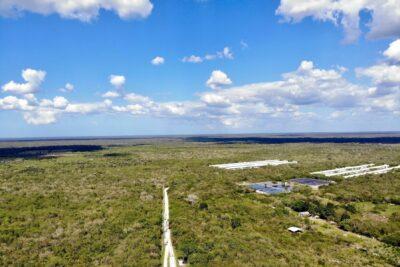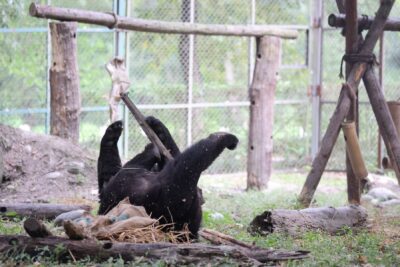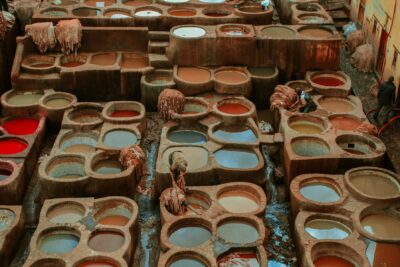We often hear that veganism is about animals or the environment, but it is actually where human rights, animal rights, and environmental justice all intersect. One key intersecting issue is how best to feed the human population, because the foods we choose to produce have a significant impact on the entire world.
Land Use for Food
It may come as a surprise to find out just how big a discrepancy there is in the amount of land needed to produce different types of foods. One common misunderstanding is that if we all ate more plants, we would need more land. In fact, that couldn’t be more wrong!
Each year, the food system slaughters 80 billion land animals – that is ten times more farmed animals than there are people on the planet. And every one of those animals needs to eat while they are alive. That means, instead of growing plants to feed 8 billion (humans’) mouths, we are growing food for 80 billion (animals’) mouths. That’s why we need so much land to grow so many crops.
Producing Animal Products Is a Waste of Food

If feeding the world’s crops to farmed animals meant an equivalent number of calories or a similar amount of protein became available through meat, milk or eggs, there may be an argument for it, at least in terms of food security. In fact, it yields just a fraction. In essence, we take a large amount of food, pass it through farmed animals, and get a much smaller amount back. It is this utter waste of the world’s resources that led the respected think tank Chatham House to label animal agriculture as “staggeringly inefficient.”
How Much Land Is Needed for Food?
According to research by Our World in Data, lamb and mutton require the most land to produce 100g of protein, followed by beef, cheese, milk, and pig meat.
- Lamb & Mutton: 184.8m2
- Beef: 163.6 m2
- Cheese: 39.8 m2
- Pig Meat: 10.7 m2
Now compare this to:
- Grains: 4.6 m2
- Groundnuts 3.5 m2
- Peas: 3.4 m2
- Tofu 2.2 m2
If we combine pastures used for grazing with the amount of land used to grow crops for animal feed, animal agriculture accounts for 77 percent of global farming land. It takes up most of the world’s agricultural land, but it produces just 18 percent of the world’s calories and 37 percent of total protein
Obviously, such a vast waste of feed and land has serious consequences for both the environment and for wild animals.
Meat Is Bad for Wildlife
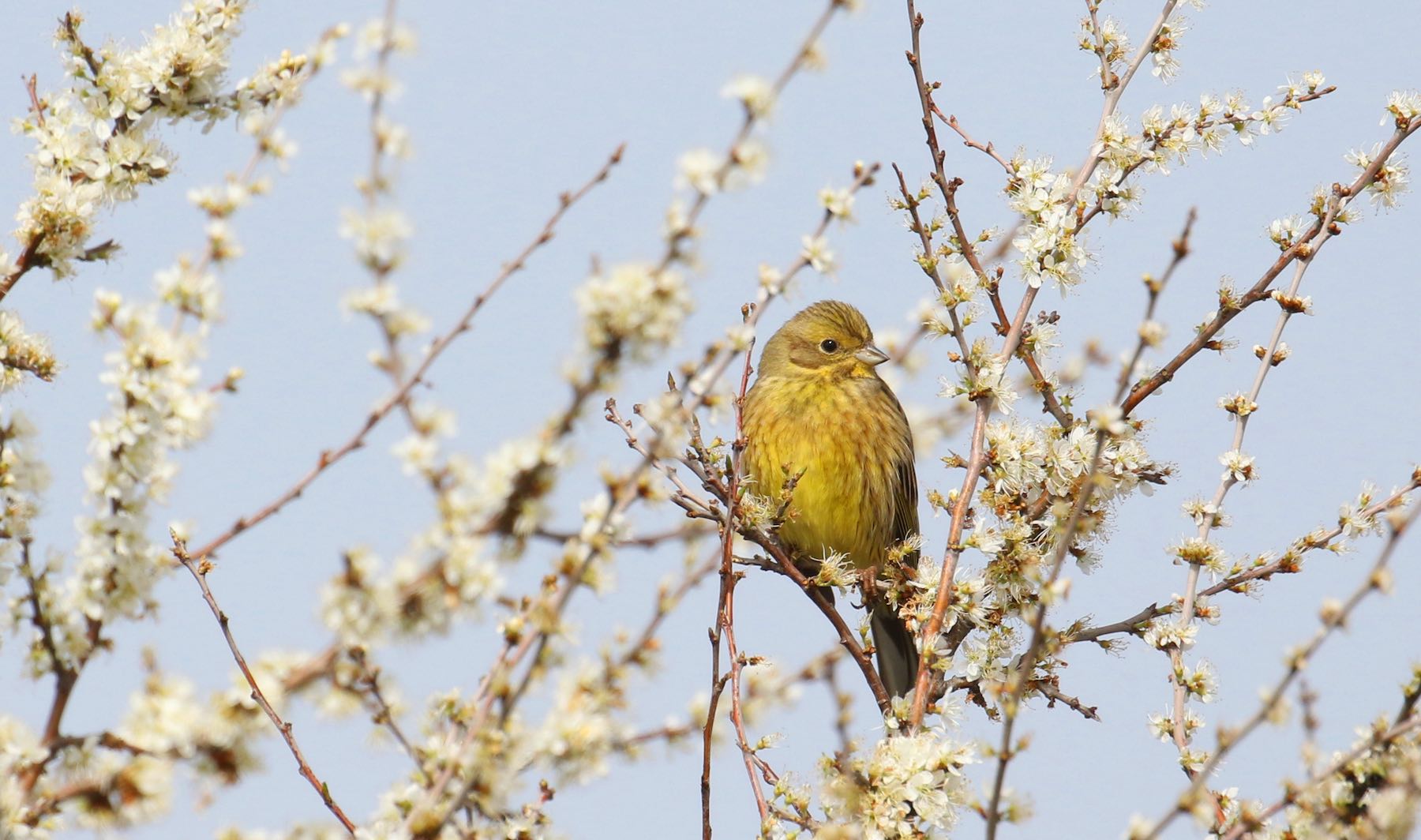
The Living Planet Report is the World Wildlife Fund’s (WWF) comprehensive study of global biodiversity and the health of our planet. The 2022 edition revealed that global wildlife populations have plummeted by 69 percent on average just since 1970. This staggering rate of decline, the authors say, is a severe warning that the rich biodiversity that sustains all life on our planet is in crisis, putting every species at risk.
So, what is behind this devastating decline?
Mike Barrett, executive director of science and conservation at WWF was very clear: “At a global level, primarily the declines we are seeing are driven by the loss and fragmentation of habitat driven by the global agricultural system and its expansion into intact habitat converting it to produce food.”
Deforestation and Meat Production
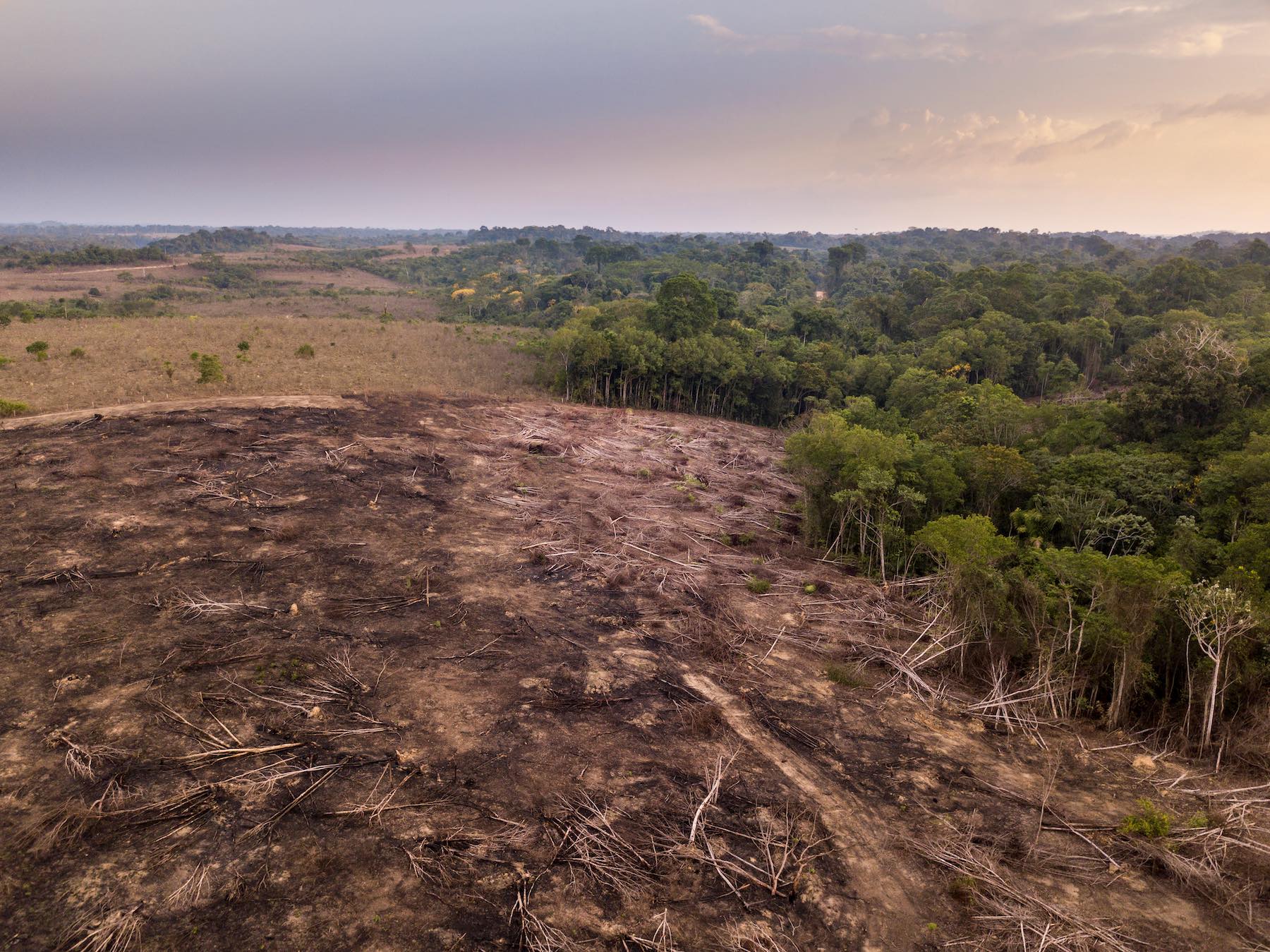
That last line is very important: the global agricultural system’s expansion into intact habitat and converting it to produce food.
In other words, meat and milk production requires so much land that there isn’t enough farmland available to produce it. Remember what we said about animal products using 77 percent of all farmland? Well, it still isn’t enough, and so natural habitats, including pristine forests, are destroyed to make way for even more animals, or even more crops to feed to farmed animals.
Meat production is behind the destruction of the Amazon, but it is not confined to that forest. Deforestation for animal agriculture is taking place – or has already taken place – all over the world.
Now, it becomes very clear why wildlife is in rapid decline. If we destroy their habitats, where do they live, and how can they eat?
And it’s not just about protecting nonhuman life. When we destroy ancient forests, we destroy the cultures and traditions of indigenous peoples, and often destroy their homes, too. Meat production is bad for everyone.
Meat and Dairy Are Bad for the Planet
Deforestation for animal products is an environmental catastrophe, but sadly it’s not the only catastrophe brought about by our consumption of meat and dairy. There are at least three more ways that this industry is causing ecocide.
1. Climate Breakdown
Cutting down forests to make way for animal feed is one reason why meat, milk, and eggs create so many more climate-changing emissions than plant products. When you cut down trees, you release the carbon they have already sequestered, as well as stopping them from locking away more. The methane produced by farmed animals is another key driver because methane is an incredibly potent climate-destroying gas. Scientists say reducing methane is vital to mitigating climate breakdown, and reducing, or preferably ending, animal agriculture is one way we can tackle this immediately.
2. Pollution
Farming animals is a shocking waste of food, but it also produces a shocking amount of waste, running into the billions of gallons. This manure from factory farms gets into the air where it can cause respiratory disorders in people unlucky enough to live nearby, and it gets into waterways where it fuels toxic algal blooms which kill aquatic life and can poison people too.

3. Chemical Onslaught
Even though we cut down natural habitats to create farmland to feed farmed animals, it’s still not enough to meet our demands for meat. To grow the vast amounts of animal feed needed, we push every acre to its maximum productivity, and we do that with a tsunami of chemicals. Insecticides kill insects, which means the food sources for birds, bats, reptiles, and amphibians decline. Do you think modern laws protect the planet from this? They don’t. In fact, global pesticide use has soared by 80 percent since 1990 with agricultural chemicals driving the massive falls in field birds and butterflies.
Food Insecurity and Meat Consumption
So, what does all of this have to do with food insecurity? There are lots of reasons that food may be scarce in some regions of the world, including poverty, war, and corruption, but there are also reasons that connect to the meat industry.
Crop failures due to climate breakdown-related weather is one reason for food insecurity, and what is a key driver of climate breakdown? Animal agriculture. Not only do wealthier countries drive climate breakdown with their demands for a lot of meat but they are better placed to compete when resources become scarcer as a result. That means we are pitting wealthier people’s demands for meat against others’ rights to access sufficient food.
If we believe that ensuring access to sufficient safe and nutritious food is a fundamental human right, then we should not take more than our share of the world’s resources. Every time we eat meat, eggs, or dairy we are overstepping that boundary by a considerable margin.
A fair food system does not destroy ancient landscapes, pollute waterways, and grab land from indigenous peoples, nor does it use disproportionate amounts of land and water so that the wealthy can eat luxury products while others go hungry. A fair food system means sharing equally, thereby better protecting food security for everyone.
Interested in finding out more about why eating vegan is good for humanity? Try our free 7-Day Vegan for Humanity guided challenge.

